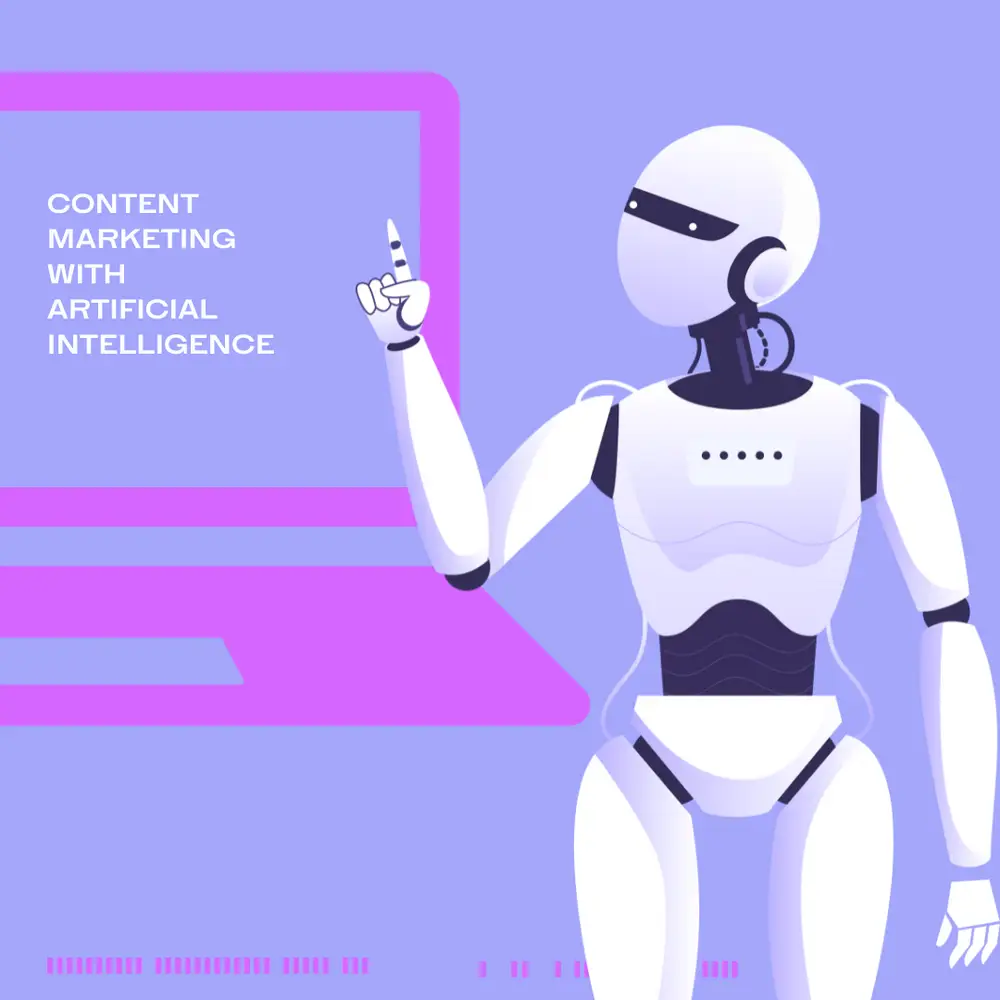What you write is just as important as how it appears. Your words can be misconstrued if the format or tone isn’t quite right. At the same time, how text is on a page can change how it is read.
Our brians are mstaers at mkanig infreenecs.
(Our brains are masters at making inferences. Could you read that?)
We are masters at jumping to conclusions to make situations and words fit what we think should be going on. This is a talent and precedence of our brains. It is also a pitfall. Our conclusions may not be correct because we are processing information often at the same time we are receiving it. Already guessing the ending of the sentence before it appears.
What we say is only as important as how our receiver processes it.
This is why the best communication is concise or clear. This is also why jargon not commonly understood can create a disconnect. When writing, or speaking, we need to make sure we understand our audience. Know what they know in order to deliver our information effectively.
This is doubly as important when transmitting information to a mass amount of people. That is what a website does. There is a greater chance to convey your information correctly because it is written down. However, this is where the how becomes very important. A few tips when constructing your website’s content:
1) Avoid repetition in concept, company name, etc. where you don’t need to have it. This can make your writing tedious.
2) Be Concise. Being too wordy or writing essays also reduces the chances people will actually read it. We stand by the 4-5 word pairing rule. People scan, not read, so having only these many pairs means you have to be concise in your language and increases the chances people will pause long enough to absorb them. The only time to not do this is if you are purposefully writing something longer like a blog article or deep diving into information, such as explaining a complex concept.
3) Alignment. Left alignment is often better than centered (unless it is a title or something you want to stand out, see above example) because it makes it easier to read. Our eyes are used to (for English speakers in particular) the way paragraphs and words ebb/flow. A left alignment highlights the start of each line, versus centered means some may be further in than another. When in doubt, choose ease to convey your information.
We hope these tips help you as you work on optimizing the transmission of information on your website. Content can be difficult in any form. If you want assistance with your content development, we have LiveFive team members that are experienced content developers. One last tip, is to make each word count. Slow down and really think about the purpose each word and sentence has. Then make sure to include vital words, such as keywords, that will boost your potential organic traffic!




